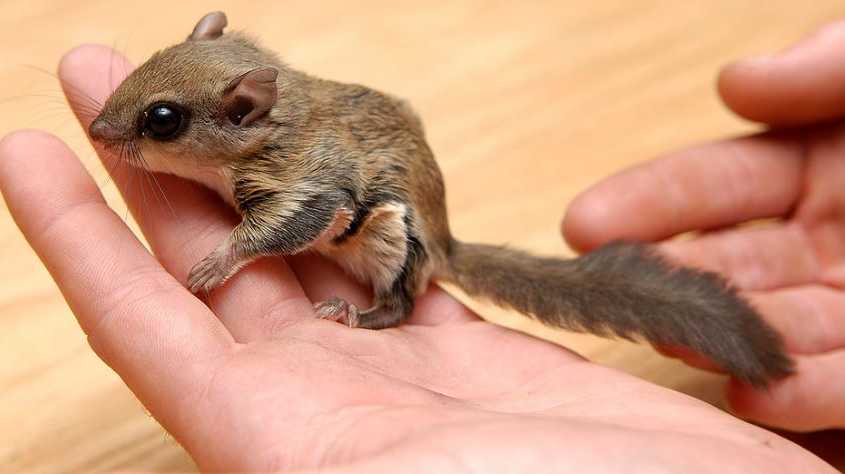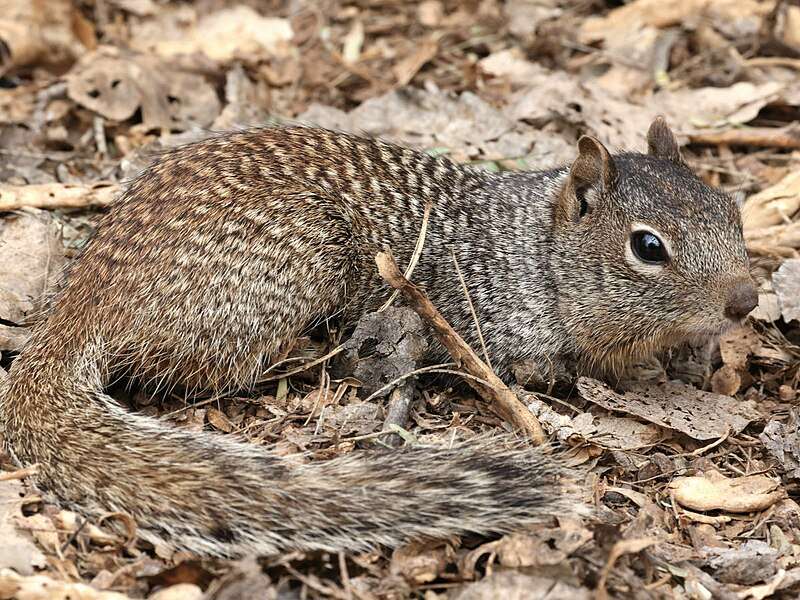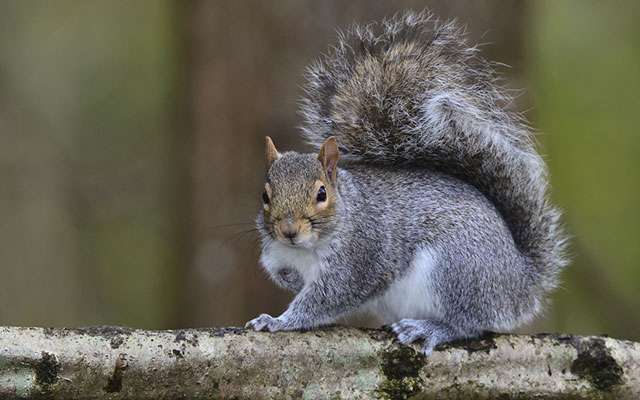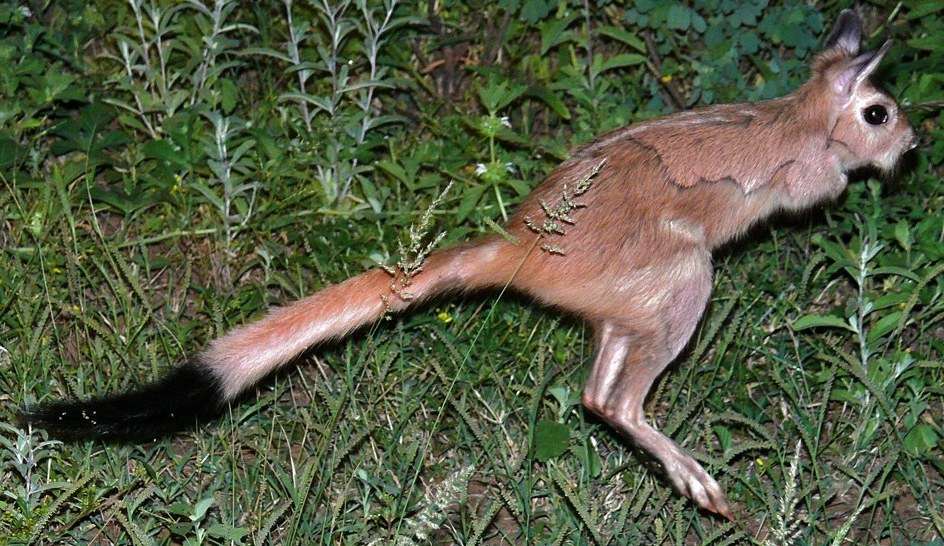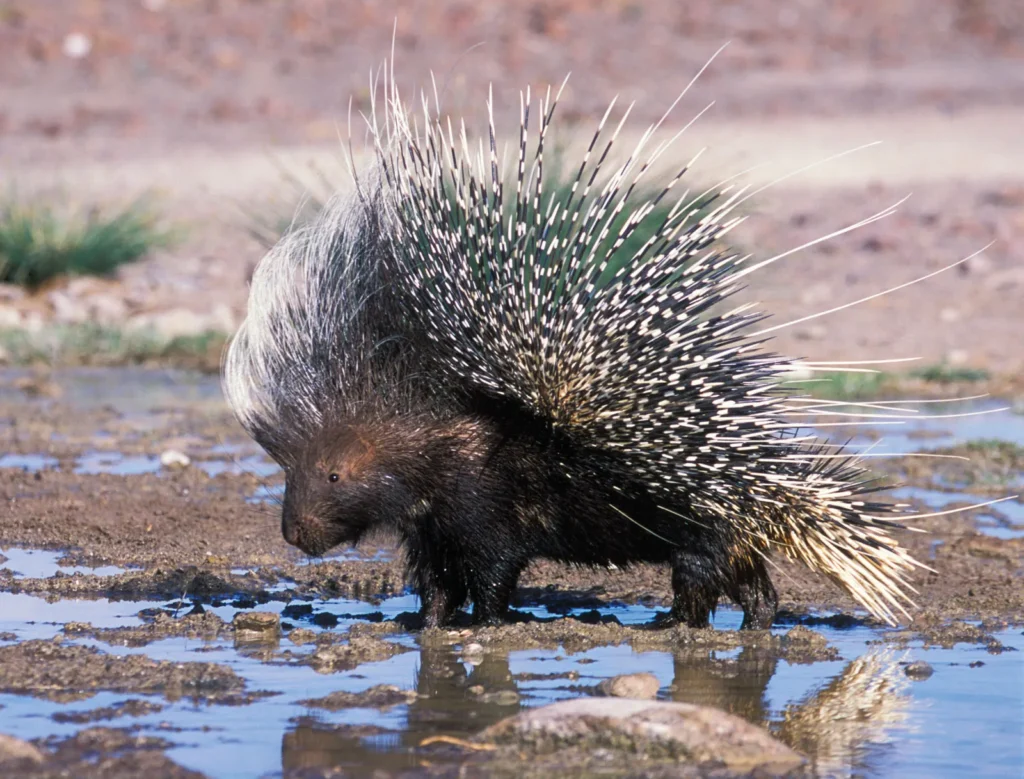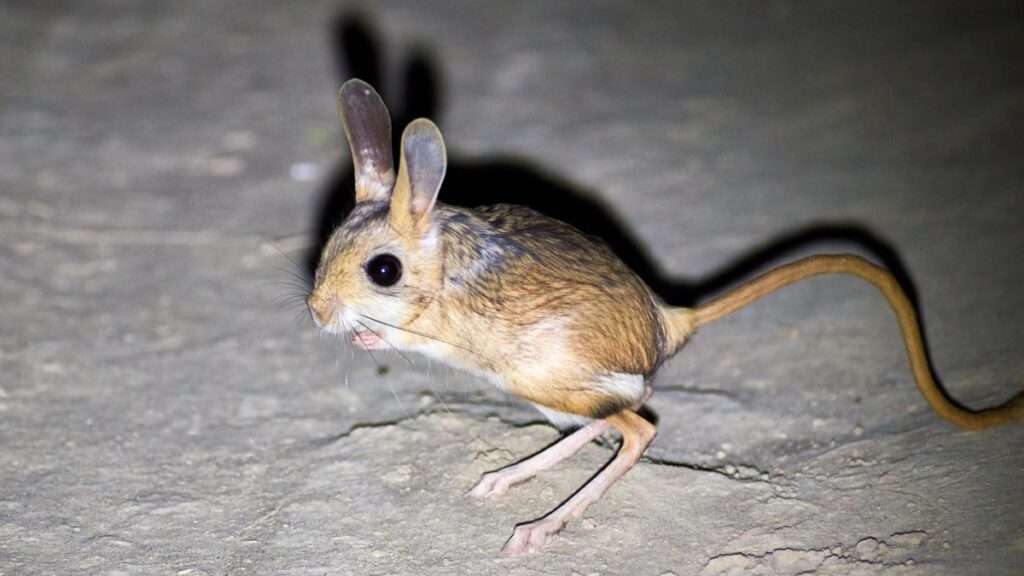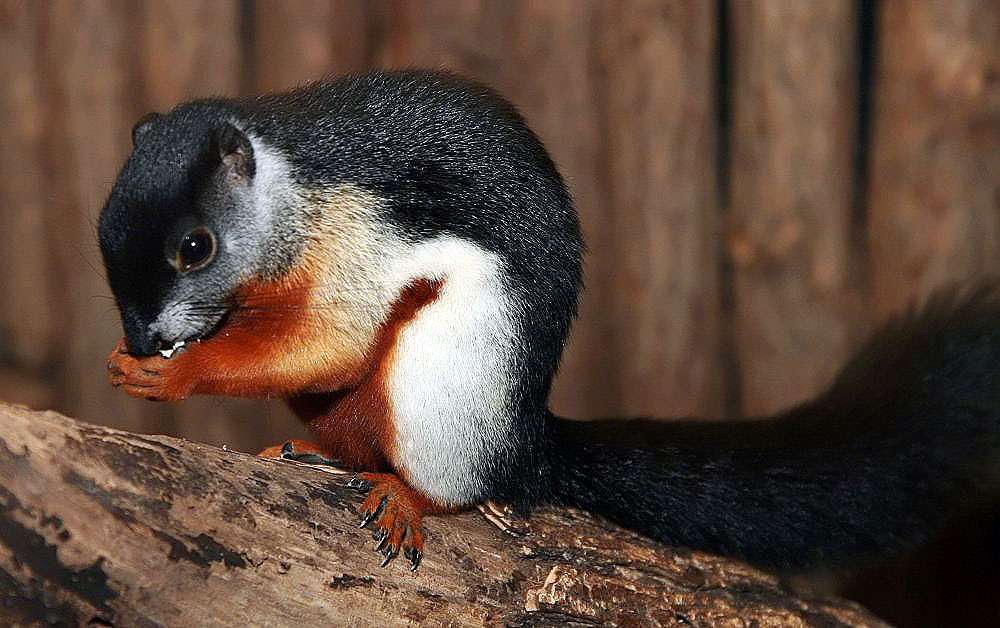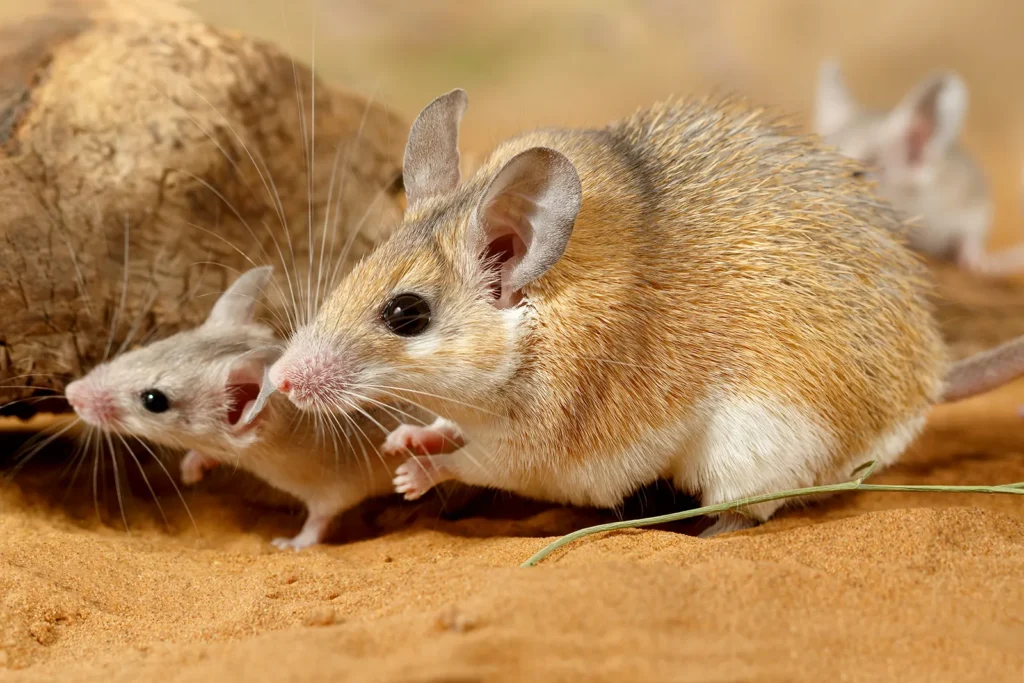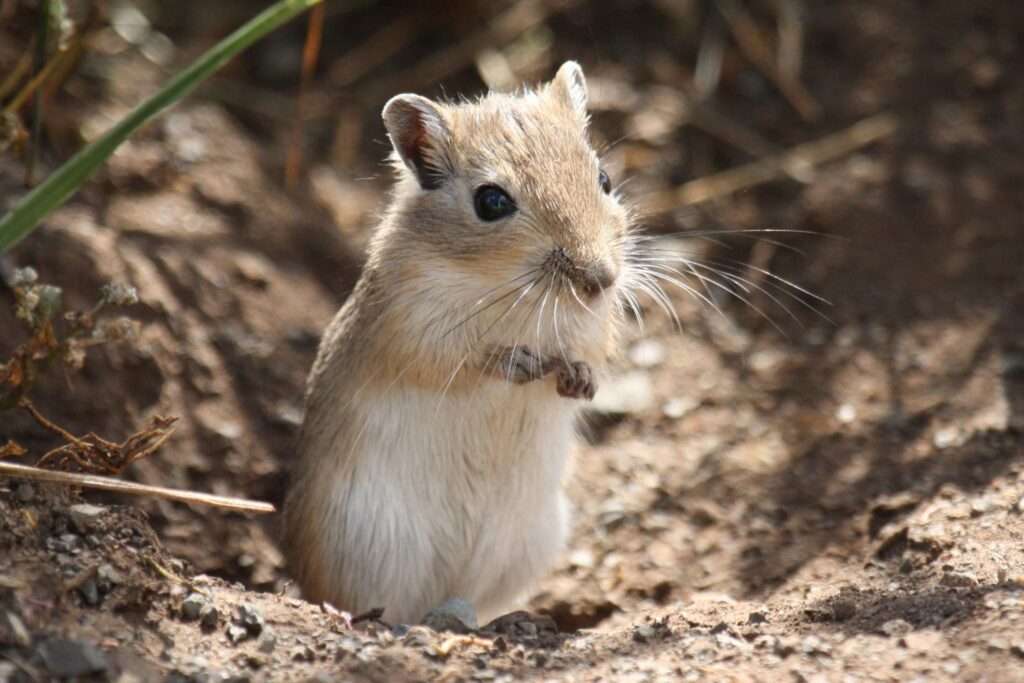Flying Squirrel
Description Due to their inability to do powered flight like a bird or a bat can, flying squirrels are maybe better referred to as “gliding squirrels”. Squirrels that fly glide. They can glide between trees because to a unique membrane that separates their front and back legs. A flying squirrel launches itself from a high […]


